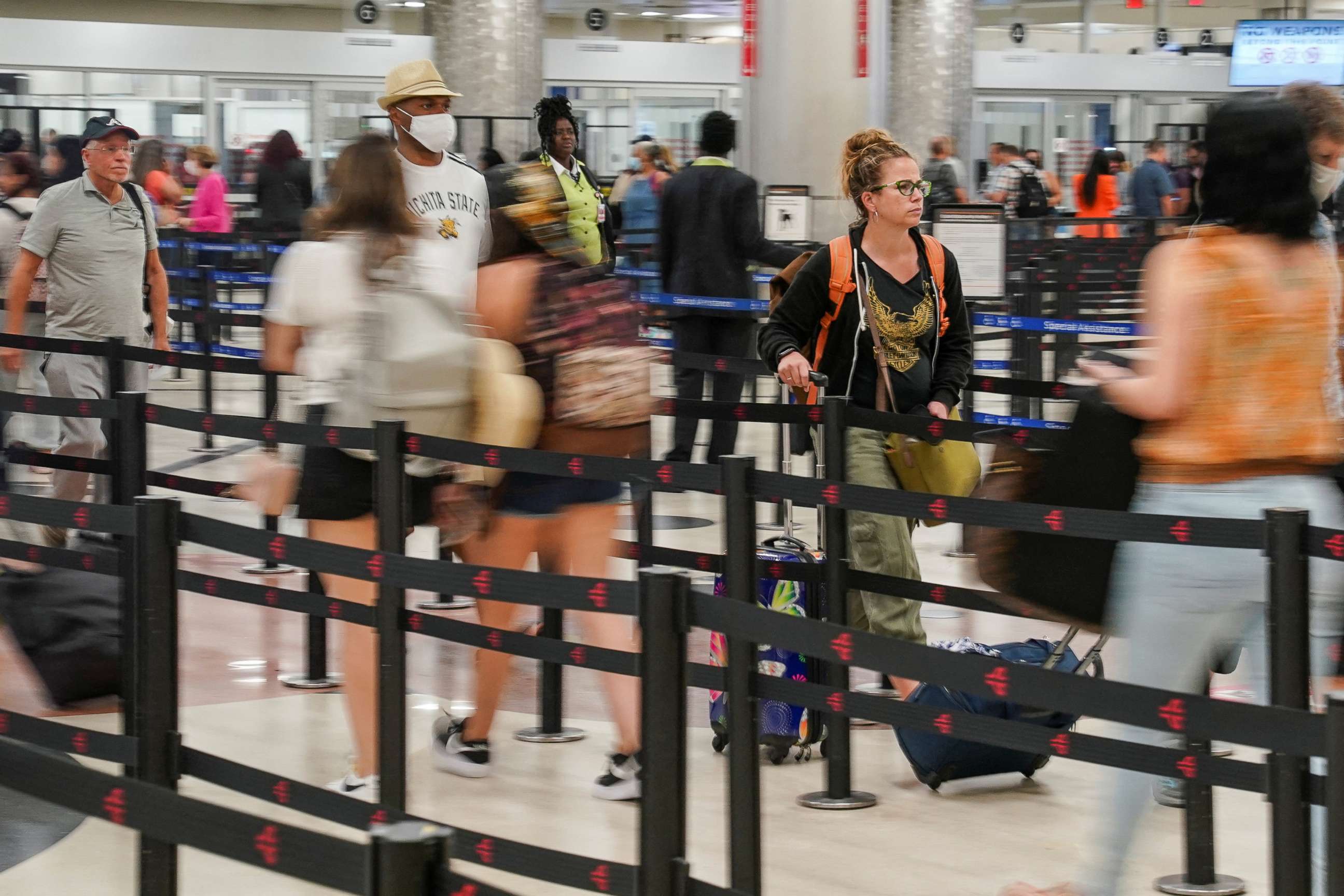Europe adds visitor fee for US travel next year
The new system requires a 7 euro authentication for travelers aged 18 to 70.
As Americans head to crowded airports for a revival of European summer vacations, it looks like next year will be more expensive for those headed to the European Union.
A 7 euro fee, translating to $7.42, is expected to go into effect in May 2023 for foreign visitors aged 18 to 70 years old as part of a new European Travel Information and Authorization System (ETIAS), according to the European Commission.
As part of the system, travelers will have to apply for authorization through the official website or app before their trip abroad.
ETIAS is intended to increase revenue for the EU and to create a central data repository on non-Europeans who visit the area.
“EU Member States’ border management authorities currently have little information about travellers exempt from visa requirements entering the EU,” Frontex, the European Border and Coast Guard Agency who will have a key role in the new system, said in a statement.
“ETIAS will therefore be an important means of addressing this information gap by supporting security screening and risk assessment of travellers, reinforcing the internal security of the Schengen Area,” the agency added.
The European Commission said that ETIAS will be a largely automated system used to identify security, irregular migration or high epidemic risks posed by visa-exempt visitors traveling to the Schengen States, which refers to 26 European countries including France, Italy, Germany and Greece.
ETIAS will also facilitate the crossing of borders for the vast majority of travelers who do not pose the aforementioned risks.
The European Commission said that most travelers who apply for the ETIAS authorization will be approved within minutes. The estimated 5% of travelers who aren’t, the commission said, could receive the travel authorization in up to 30 days.
Once granted, the authorization will be valid for three years or until the expiration date of an individual’s travel document, such as a passport.
The authorization will be checked by border guards along with other travel documents.

ETIAS was first proposed by the European Commission in 2016, and has since faced negotiations within the commission’s legislation. Now, the system will become enacted by mid-2023, the commission said.
"Our police officers and border guards need to have the right tools to do their jobs – keeping our citizens safe and our borders secure. ETIAS will pre-screen visa-free visitors for potential security problems, while the reinforced eu-LISA will allow us to continue to modernise EU-wide information systems for law enforcement and border management," Commissioner for the Security Union Julian King said following the 2018 agreement by the commission to establish ETIAS.
ETIAS adds to the preexisting Schengen visa system, which did not require such authorization from visitors from at least fifty countries around the world, including the U.S., Canada, Australia and New Zealand.
The European Commission began discussing the new system after it was found that an estimated 30 million visitors came to the EU without being required to have a Schengen visa.
ETIAS has similar characteristics to the United States’ Electronic System for Travel Authorization (ESTA), which is available to travelers from countries granted a Visa Waiver Program.
In May, the fee for ESTA increased from $14 to $21, according to the U.S. Customs and Border Protection.




